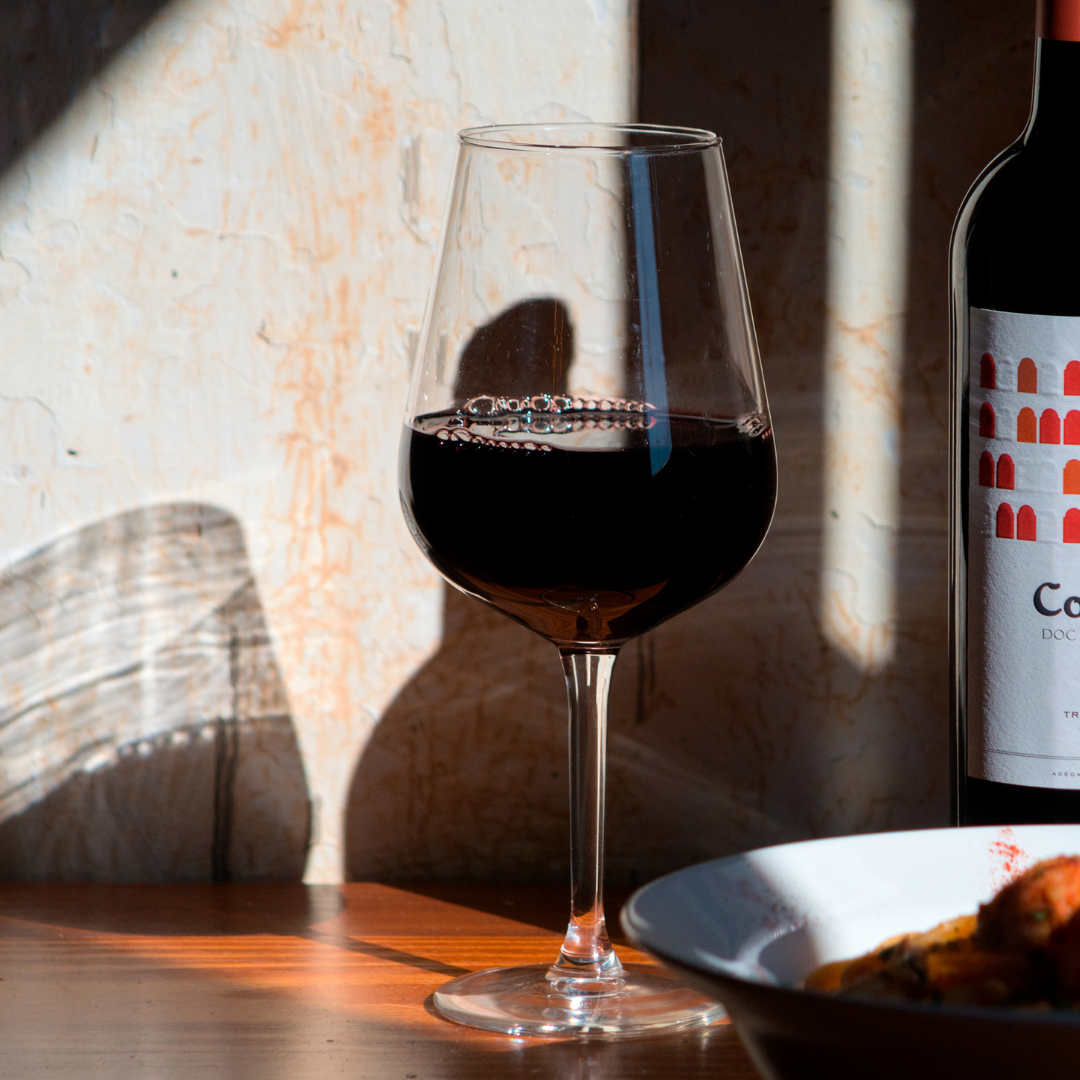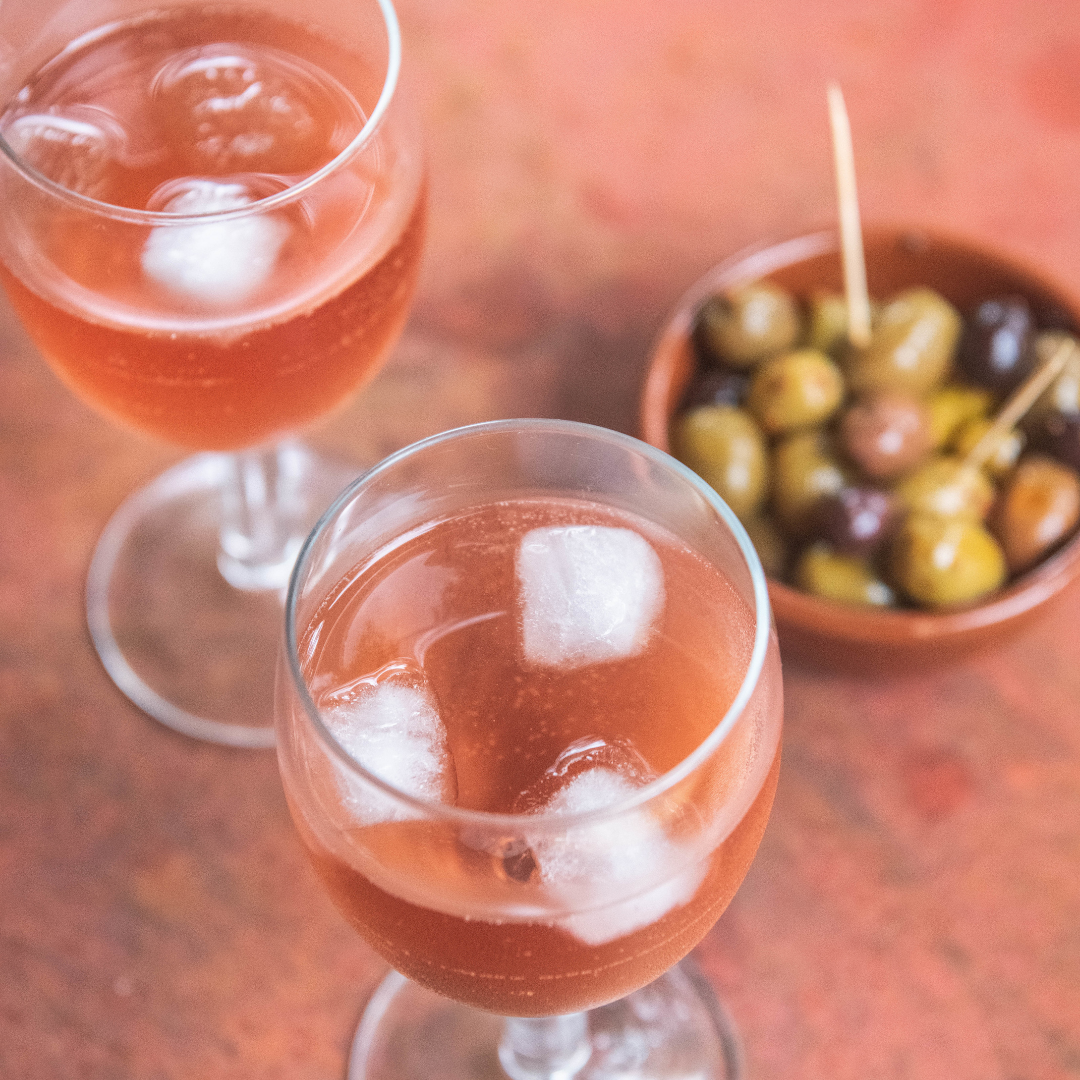
Rome wasn't built in a day.
For wine lovers, this may be the one annoying question to which there may never be a right answer!
Before we dive in though, we should state our disclaimer, or rather our definition of “wine lover":
Here at Quvé, being a wine lover simply means you just love wine. That’s it, that’s all.
We don’t discriminate your love of expensive versus cheap wine, or of mainstream brands versus rare bottles or “natty wines” (more on that in a future article).
Our approach has always been rather simple: There are only two kinds of wine – the kind you like, and the kind you don’t.
Quvé’s mission, in a nutshell, is to help you discover and enjoy the kinds you’ll love.
Getting back to our rhetorical question, which does apply to all wines, let’s try to understand the concept of “readiness to drink” by identifying a few basic components of wine, and what happens to each as a bottle is stored over time.
Sugar
TRIGGER WORD!! Okay, just relax, health nuts… Sugar exists in every wine, even if it’s bone-dry. (FFS, wine is made from fruit, which obviously contains sugar!)
Simply put, sugar is a natural preservative – so wines with a good amount of naturally occurring sugar do tend to last longer. It’s the reason why that ketchup in your fridge hasn’t gone bad yet, and probably never will.
In youth, sugar holds up the presence of fresh fruit flavours in wine, and over time, this evolves along with the flavour compounds to showcase fruit of a more preserved or dried nature.
Importantly, sugar never goes away – so a wine that is sweet today will still be sweet in 10 years’ time.
Acid
Acidity is another natural preservative. Think about why we squirt lemon/lime juice onto an avocado to prevent it from browning. Same idea.
Industry folk are always among the first to say how much they love searingly high levels of acid. But in truth, if we all really did, you’d see us guzzling buckets of freshly bottled Aligoté rather than waxing poetically about old Meursault.
There’s something to be said about the mellowing of naturally high acid (along with other components) that lends fine wines a lingering freshness even with bottle age.
Like sugar, acidity never really goes away (for proof, try a cool-climate red wine from an unripe vintage at any age), but to our palate, it integrates with other components as a wine decays, and becomes more subtle, less sharp. We’re no academic journal, so we’ll leave it to the experts to explain further, but suffice it to say – acidity helps a wine last longer in cellar.
Tannin
Here’s one component of red wine that does change and diminish over time.
In essence, chemically speaking, tannin molecules bond to each other and to proteins within a wine. Over time, these molecules become so large/heavy that they fall to the bottom of a bottle, and that’s why you see sediment in older wines.
What does this mean for aged wine then? If you guessed that it would taste smoother, you’re basically right. Fewer remaining tannins will give the palate a lighter, softer sensation, though the texture of the tannins (e.g., chalky, velvety, silky) should remain somewhat the same.
(For the curious: Sediment itself does not have flavour, so it is important to filter these out before serving. And no, you can’t rejuvenate / “thicken up” a wine by mixing sediment back up with its liquid.)
(New) Oak
We know it’s not currently in fashion to discuss the merits of new oak, however, when new oak becomes old wine, the result is unlike any other.
Oak is used to give minimal oxygen to some wines during the maturation process, and new oak is additionally used to impart flavours of smoke, toast, spices and of course wood into a wine.
Imagine that level of complexity getting even more intricate over time. Smoke may become mysterious tar, earth or charcoal; toast develops into comforting tea, coffee and maybe leather; simple vanilla, cinnamon and nutmeg turn into exotic star anise, molasses and potpourri; and wood transforms into magical herbs, forests and more.
So much for the oak-haters, right?
Moral of the story
There still isn’t a definitive answer, unfortunately; however, we hope that the above helps you understand how wine evolves over time, so that you can decide based on your personal preferences.
Generally speaking, you won’t have to worry about this for most of your bottles.
Most wines sold in general liquor stores are meant to be consumed in the short term. That old bottle of mass-market Beaujolais from when you graduated college, with relatively low sugar and tannins? Probably now best to simmer it away with other wine leftovers in a mulled wine recipe, or reduce it in a sauce.
On the other hand, the Riesling icewine from Duty Free that ended up the only thing you hooked up with during an ill-advised girls’ trip to Mexico? That, with its naturally sky-high levels of acidity and sweetness, might actually still be quite enjoyable.
To discover what age of wine you like best, we suggest that you experiment by selecting a six-pack of one or two favourite grapes or regions, enjoying one bottle a year, and seeing where that adventure takes you.
(Here’s a helpful article about how to keep track of your growing wine collection.)
Happy drinking!
Photo credit: Traditional Building magazine.




